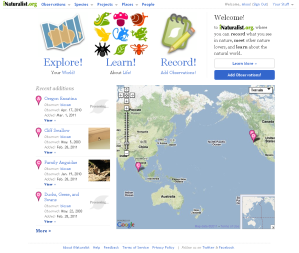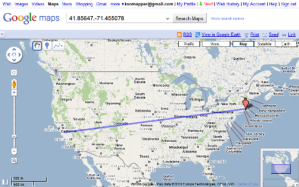
A frequently requested GIS operation for Team Tuco-tuco is calculating the overlapping areas of individually marked tucos.
First of all, make sure you have ArcGIS. To install your own copy, request a free license as a UC Berkeley student or use a workstation in MVZ:
All the installation steps are outlined there.
In ArcGIS,
2) Calculate minimum convex hulls, which can be done with the Minimum Bounding Geometry Tool (use the search toolbar)
3) Next use the Tabulate Area tool in ArcGIS, which will create a table of results. (You will need Spatial Analyst extension enabled)
Be sure to set the Zone Id and the Class Id as the same parameter, in this case it was “tucoid”
Tip: copy the python snippet to repeat these steps for more datasets.
# Replace a layer/table view name with a path to a dataset (which can be a layer file) or create the layer/table view within the script
# The following inputs are layers or table views: “xy.shp”,”x_hulls”, “x_hulls”
arcpy.MinimumBoundingGeometry_management(“xy.shp”, “c:/output/x_hulls.shp”, “CONVEX_HULL”, “NONE”)
arcpy.TabulateIntersection_analysis(in_zone_features=”x_hulls”,zone_fields=”x_hulls.tucoid”,in_class_features=”x_hulls”,out_table=”C:/Users/Michelle/Downloads/shapefiles/intersect_table_classtucoid.dbf”,class_fields=”x_hulls.tucoid”,sum_fields=”#”,xy_tolerance=”#”,out_units=”UNKNOWN”)
This can be also turned into a standalone python script, with more convenient variables for input and output files, if you need to go into industrial-strength analysis.







 This is actually “
This is actually “